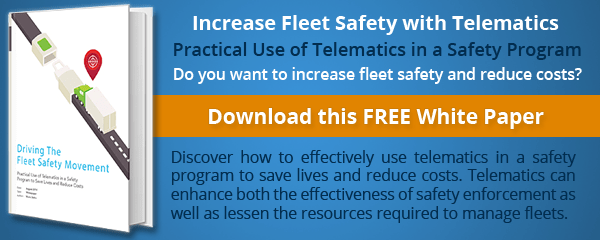10 Winter Driving Tips to Keep You Safe
Whether we like to admit it or not, winter is coming, and it’s important that we be prepared. Some parts of North America have already started experiencing heavy snowfall.
It’s crucial we do everything we can to keep our roads as safe as possible throughout the winter months.
Check out these 10 tips to follow to stay safe this winter.
-
- Create a ‘Survival Kit’
Your kit should contain items such as: booster cables, small shovel, gloves, snow brush, windshield wiper fluid, first aid kit, torch, safety vest, candles, water bottles and non-perishable energy foods. Keep this kit located in the trunk of your car. - Check Weather & Road Conditions Often
Choose your route ahead of time and check the forecast to make sure you know what you can expect before you hit the road. - Allow for Safe Distance Behind Snow Plows
If you get caught behind a snow plow, keep a safe distance. Snow plow drivers don’t always have the greatest visibility and often create snow clouds that can reduce your visibility. - Get Winter Tires!
They provide much better handling, braking and traction; they can also shorten your braking distance by as much as 25%. All-season tires are not equivalent to winter tires. They can lose their grip if the temperature drops below 7 degrees Celsius. - Slow Down; Give Yourself Extra Travel Time
This one is quite obvious and very important. Always drive according to the conditions of the road and do not rely on the estimated time of arrival your GPS gives you. - Clear Ice & Snow From Your Vehicle
Clean all mirrors, windows, lights and the roof; wait for foggy windows to clear up completely so your visibility isn’t effected. - Wear Comfortable Clothes
It’s normally a good idea to layer up in the winter but having too many layers can be restricting on your movement and make it hard to check your blind spots. - Keep Your Gas Tank Full
It helps to reduce moisture in the fuel system and also adds some extra weight to slow your vehicle down faster. - Avoid Using Cruise Control
You can easily lose control of your vehicle in bad weather by relying on cruise control. If driving conditions are very poor, or if there is a serious blizzard or ice storm, it’s best to avoid driving completely. - Learn The Best Way to Recover From a Skid in Your Vehicle
How your vehicle will respond to a skid depends on whether or not it has front wheel, rear wheel, or 4-wheel drive. If your vehicle has ABS brakes (anti-lock braking system), you should learn how to use it properly.
- Create a ‘Survival Kit’
Source:
http://www.cbc.ca/news/canada/toronto/11-tips-to-prepare-you-for-winter-driving-safely-1.3310894
Image: “Coming plow (8413903563)” by Oregon Department of Transportation – Uploaded by Smallman12q. Licensed under CC BY 2.0 via Wikimedia Commons

